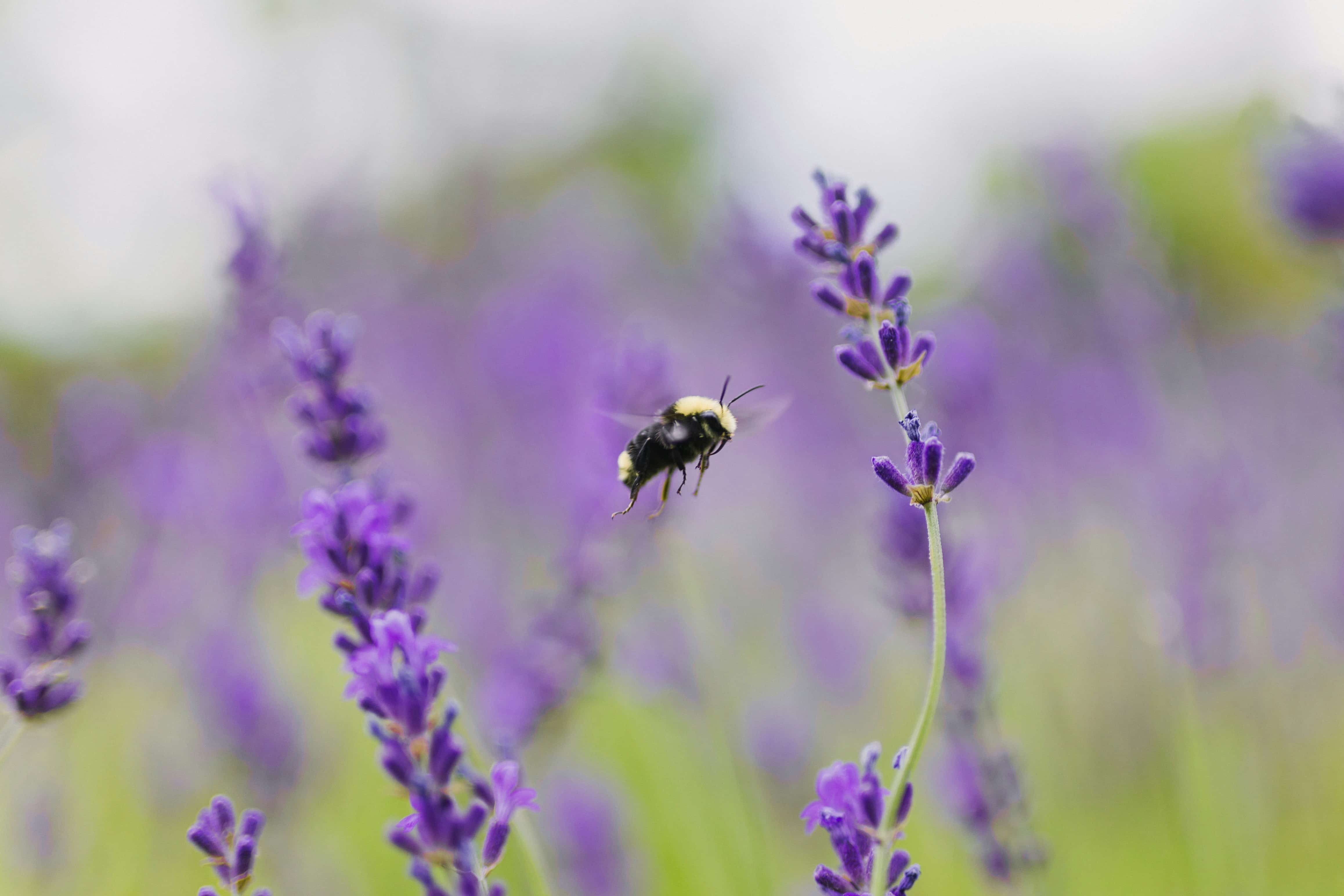Key Takeaways
- A study by Turo et al. (2024) assesses the global prevalence of pollinator limitation and its impact on crop yields.
- Pollinator limitation affects 28-61% of global crop systems, with blueberry, coffee, and apple crops most frequently affected.
- Increasing pollinator visitation to the 90th percentile levels could close 63% of yield gaps between high- and low-yielding fields.
- Greater forest land cover surrounding fields can reduce pollinator limitation, though the average effect size is small.
- Addressing pollinator limitation could significantly improve global food production and sustainability.
A new study by Turo et al. (2024) has revealed that declining pollinator populations significantly threaten global food production. The study examines the prevalence of pollinator limitation and its impact on crop yields and provides critical insights into how enhancing pollinator visitation could mitigate this issue and improve yields.
Understanding Pollinator Limitation
Pollinator limitation occurs when insufficient pollinator visitation to flowers limits crop yields. This phenomenon is becoming increasingly concerning as global pollinator populations decline. Turo et al. sought to assess the global prevalence of pollinator limitation, identify risk factors that predict where it is most likely to occur, and estimate how increases in pollinator visitation could improve crop yields.
Extensive Data Analysis
The study analyzed 198,360 plant–pollinator interactions and 2,083 yield measurements from 32 crop species across 120 study systems. The findings indicate that 28-61% of global crop systems are affected by pollinator limitations. Blueberry, coffee, and apple crops are the most frequently impacted by this limitation.
Role of Surrounding Forest Land
One notable finding is that the probability of pollinator limitation decreases with greater forest land cover surrounding a crop field at a distance of 1 km. However, the average effect size of this factor is relatively small, suggesting that while forest cover can mitigate pollinators' limitations, it is not a standalone solution.
Potential Yield Improvements
Turo et al. estimate that for crops identified as pollinator limited, increasing pollinator visitation to levels observed in the 90th percentile of each study system could close 63% of yield gaps between high- and low-yielding fields. This highlights the substantial potential for yield improvement through targeted efforts to enhance pollinator populations and visitation rates.
Read the complete study here.


